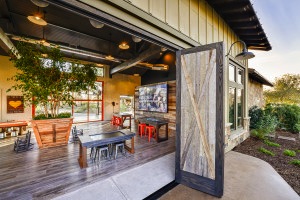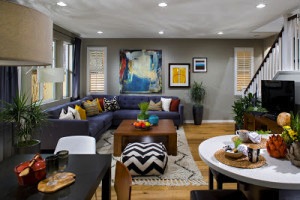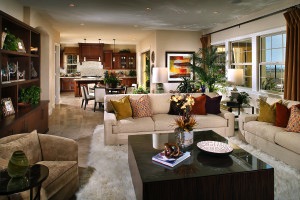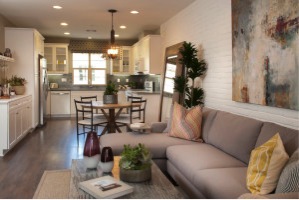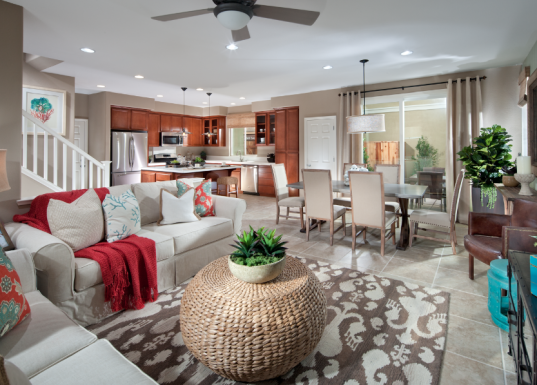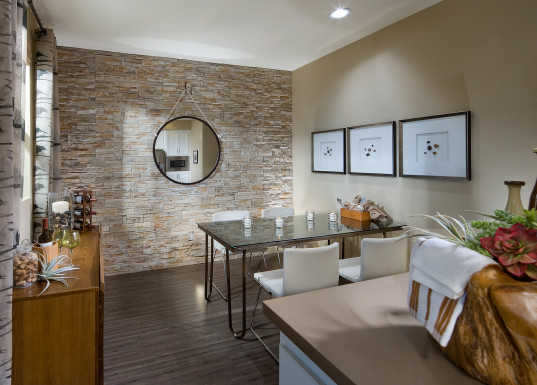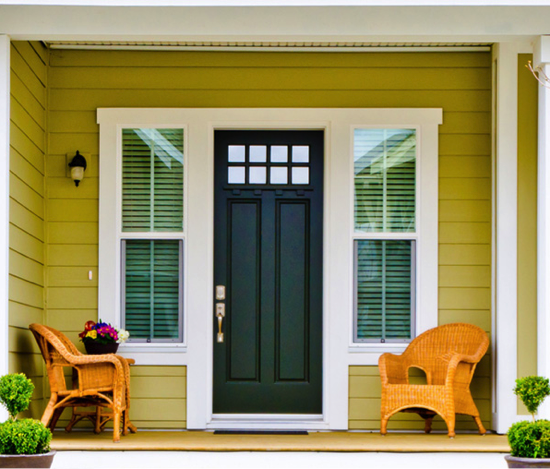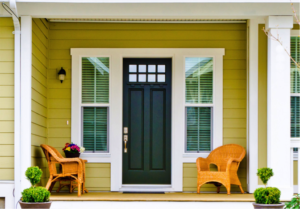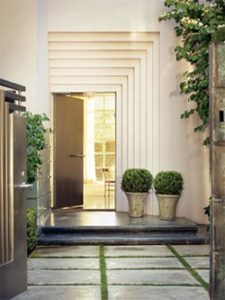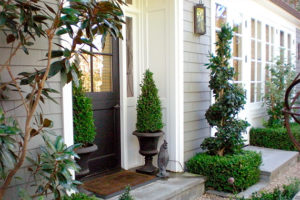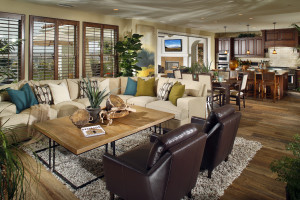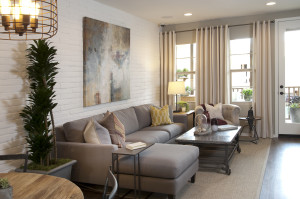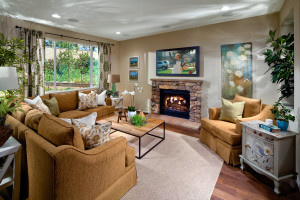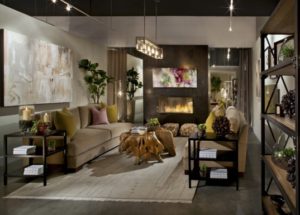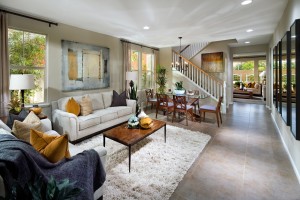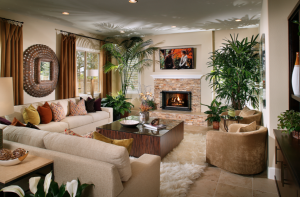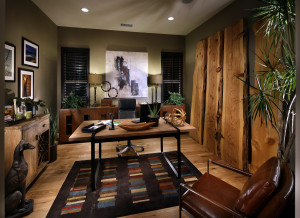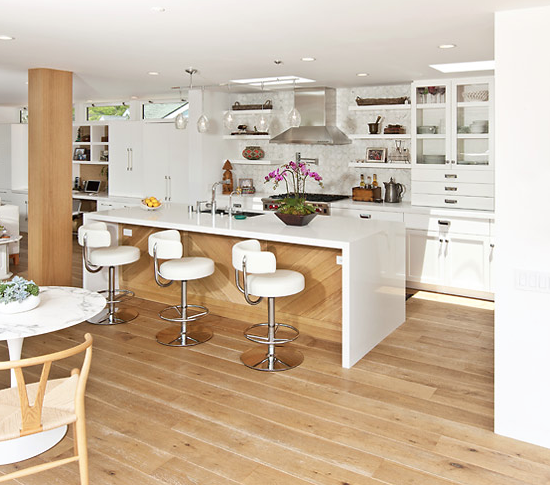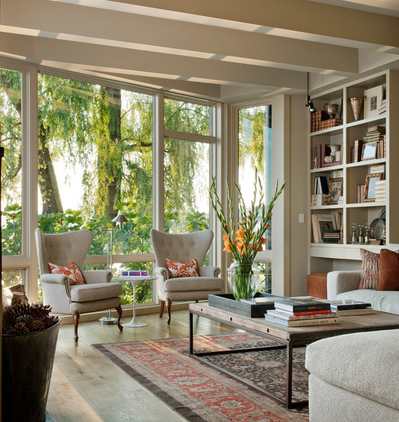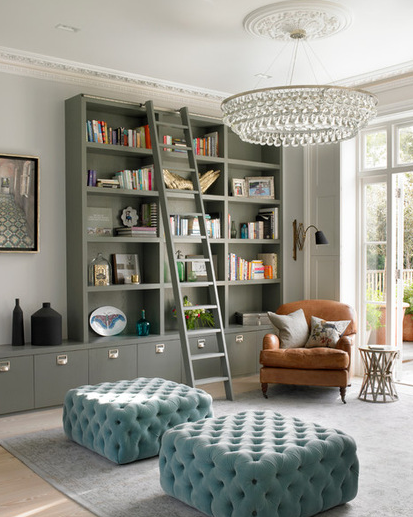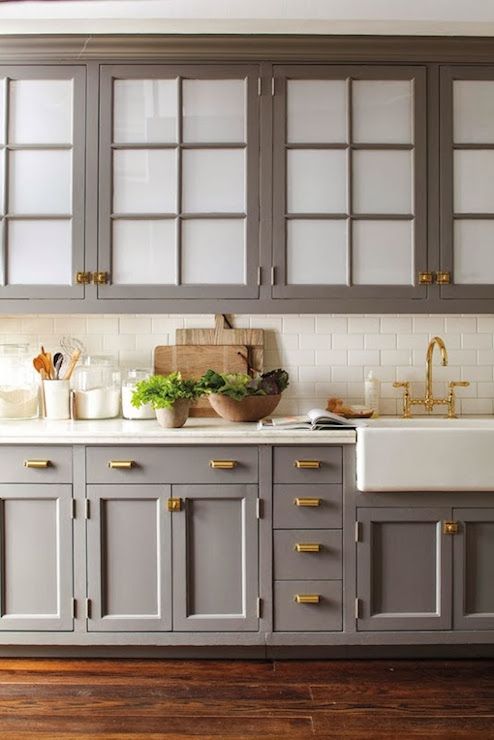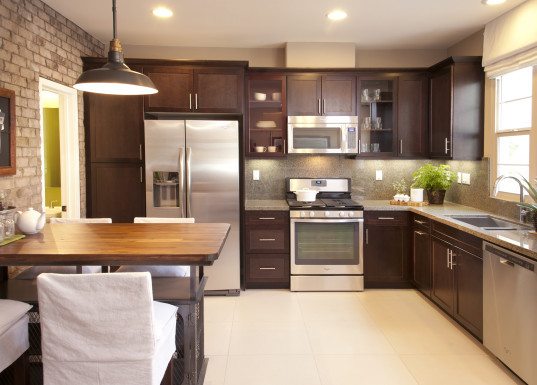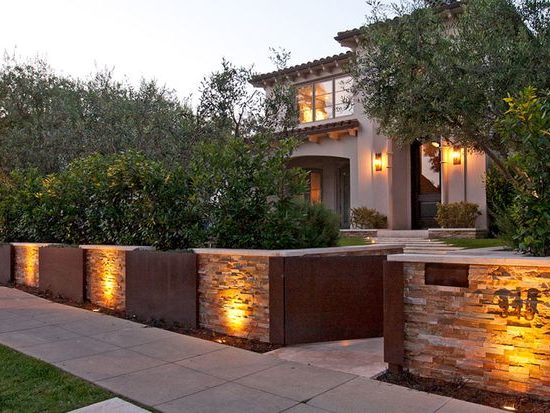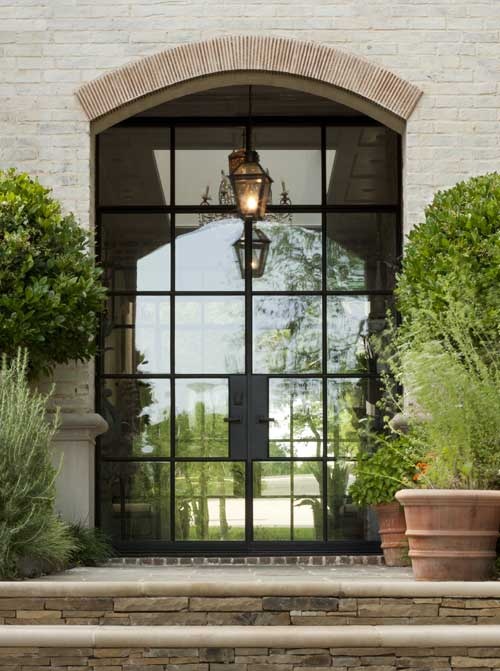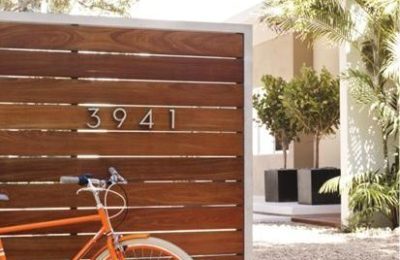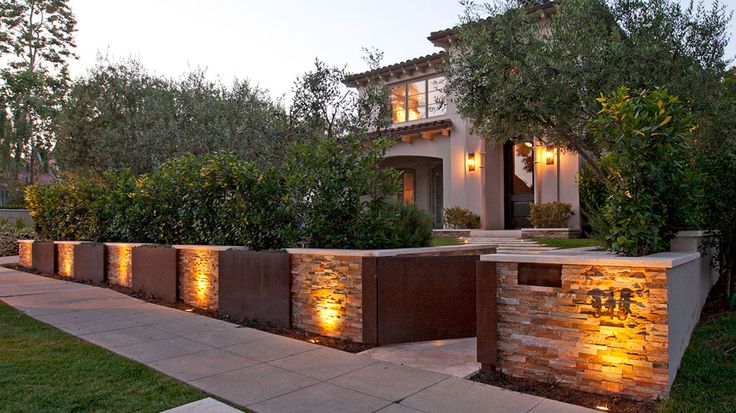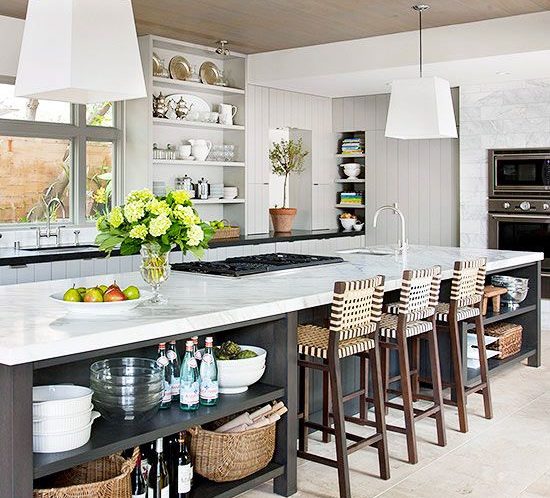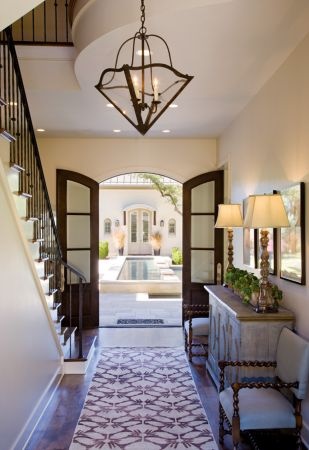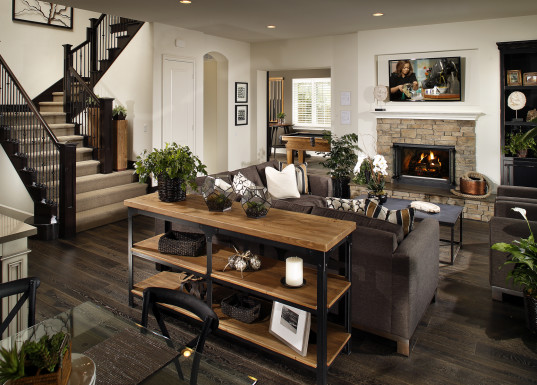Chameleon Design // Nominated for 4 SoCal Awards!!
If you are in our neighborhood, stop by and give us a high five – because that’s what we’re doing at our office right now! We’re pleased to share our good news! Chameleon Design has received the prestigious honor of making it to the finalist round of The SoCal Awards, presented by the Greater Sales & Marketing Council of Southern California. As with every design we do, we strive for only the best in design, innovation and creativity. Receiving industry recognition by our peers as well as leaders and influencers about our hard work is cause for us to celebrate! A BIG THANK YOU to our wonderful clients who trust us with their work daily. We’ve been nominated in the following categories:
Category: Best Sales or Information Center Pavilion Park
The First Great Park Neighborhood
Five Point Communities
Marketing Director: Jann Rowe
Strada Advertising/Chameleon Design
Category: Best Interior Merchandising of a Detached Home priced under $500,000
AVO – Plan 2 ALT
Planet Home Living
Marketing Director: Melanie Ryan
Chameleon Design
Category: Best Interior Merchandising of a Detached Home priced over $1 Million
Azurene at Brightwater – Plan 6
Woodbridge Pacific
Marketing Director: Karen Spargo
Chameleon Design
Category: Best Interior Merchandising of an Attached Home priced under $600,000
Cortile – Plan 4
Brookfield Residential
Marketing Director: Mercedes Meserve
Chameleon Design


